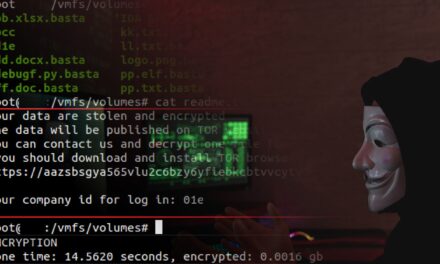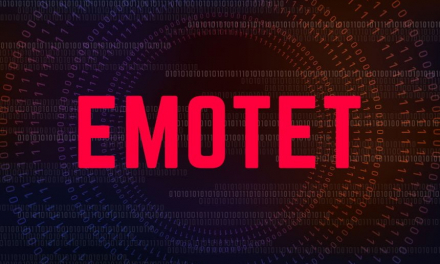The very tool meant to strengthen reliability and robustness of cloud-native environments ironically becomes a critical weakness and an attack vector.
A set of critical vulnerabilities in Chaos Mesh, a popular open-source chaos engineering tool for Kubernetes, could allow attackers with limited access inside a cluster to gain complete control of workloads and steal sensitive data.
The flaws, which have now received assigned CVE identifiers, affect the platform’s controller manager component and its default configuration.
The newly disclosed flaws turn the chaos engineering tool into a potential attack vector, exposing organizations to denial-of-service and lateral movement risks. Attackers require network access within the cluster to exploit the issue, but that condition is relatively common in compromised environments.
The vulnerabilities are:
- CVE-2025-59358 (CVSS 9.8): A missing authentication flaw in the controller’s GraphQL debug server. It allows unauthenticated users in the cluster to issue GraphQL queries that can shut down pods, including critical system pods such as the Kubernetes API server, resulting in cluster-wide denial of service.
- CVE-2025-59359, CVE-2025-59360, CVE-2025-59361 (all CVSS 9.8): Multiple command injection flaws in GraphQL mutations including cleanTcs, killProcesses, and cleanIptables. In each case, unvalidated user input was concatenated into shell commands, permitting arbitrary command execution within targeted pods.
Because Chaos Mesh includes a privileged daemon for interacting with cluster workloads, exploitation of these flaws enables more than localized pod disruption. An attacker could execute commands through the daemon on any pod in the cluster. Demonstrated attack paths include extracting Kubernetes service account tokens from other pods by copying them through the daemon’s access to host namespaces, thereby escalating privileges and taking over the cluster.
Checking for the vulnerabilities
Administrators can check whether deployments are vulnerable, by verifying running versions below 2.7.3 and identifying whether the controller manager is listening on port 10082. Workarounds include disabling the control server through Helm flags, but the recommended course is to upgrade to the patched release.
The issues highlight the risks of deploying testing and fault injection tools in production without proper hardening. By design, chaos engineering utilities must reach deeply into workloads and infrastructure, which expands their attack surface if access controls or input sanitization are lacking.
According to Shachar Menashe, VP (Security Research), JFROG Security Research, the firm that discovered and disclosed the vulnerabilities earlier this year: “We recommend that Chaos Mesh users upgrade swiftly since these vulnerabilities are extremely easy to exploit and lead to total cluster takeover.”

















